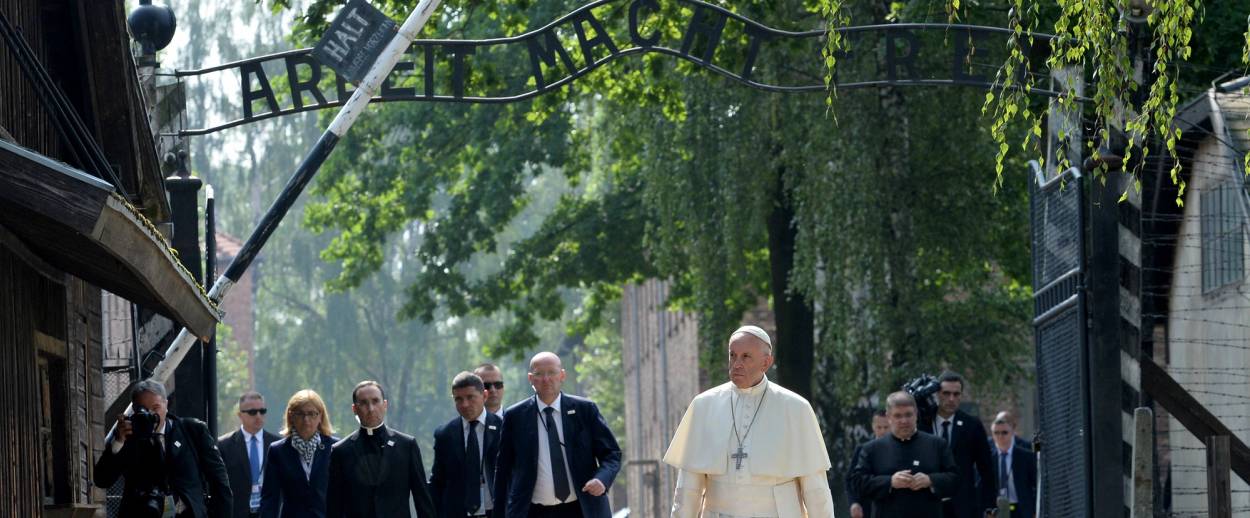Auschwitz Memorial Sees Record Number of Visitors in 2016
World Youth Day was a large boost to attendance. But how about Pokémon Go?




The memorial and museum and Auschwitz-Birkenau announced on Monday that a record 2,053,000 people visited the former Nazi concentration camp in 2016. Tops among attendees are from Poland, the UK, the U.S., and Italy; 97,000 visitors came from Israel, a 59 percent increase from the year prior. Also boosting yearly attendance were the 155,000 people who visited for World Youth Day, including Pope Francis. Dr. Piotr M. A. Cywiński, the museum’s director, said eloquently, “In today’s world—torn by conflicts, increased feeling of insecurity and strengthening of populist tones in public discourse—it is necessary to re-listen to the darkest warnings from the past.”
A few weeks before the Pope visited Poland, there was hubbub about the fact that kids had begun playing Pokémon Go—a newly-released, augmented reality GPS-enabled videogame in which players try to catch, say, a Jigglypuff—at Auschwitz. The museum’s spokesman called it “disrespectful.” Tablet senior writer made the case otherwise, arguing that the forced emotion, the requisite sadness, that is struck upon young visitors is oppressive. “When urged to bow before death, life finds a way.”
Let these kids play their game, then, not even in Auschwitz, but especially there. Let them feel again that mad methectic magic Huizinga spoke about. They can’t make sense of Auschwitz, anyway; they can’t fathom what led to such brutality, can’t make sense of such hate. But they can catch a Jigglypuff and feel a burst of life whistling through the airless chambers of the factory of death. And that’s no small thing, no minor testament to the same resilience the Nazis eagerly and futilely tried to extinguish. Where better than Auschwitz to admit we’ll never have real knowledge, and where better to declare we’ll always have great games?
Previous: Play Your Pokémon Go. Just Don’t Do it at Auschwitz.
Related: The Case for Pokémon at Auschwitz
Pokémon Has Solutions for the Problems Facing America’s Jewish Community
Jonathan Zalman is a writer and teacher based in Brooklyn.